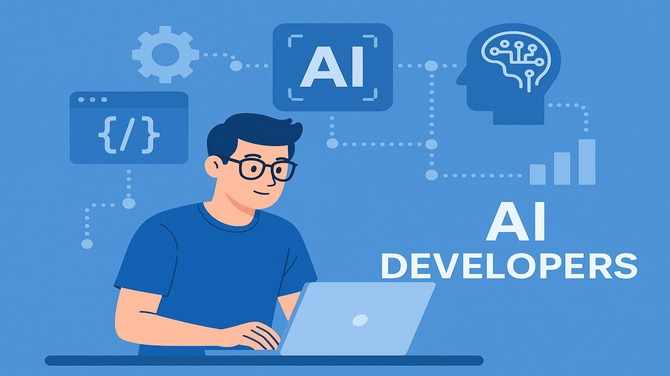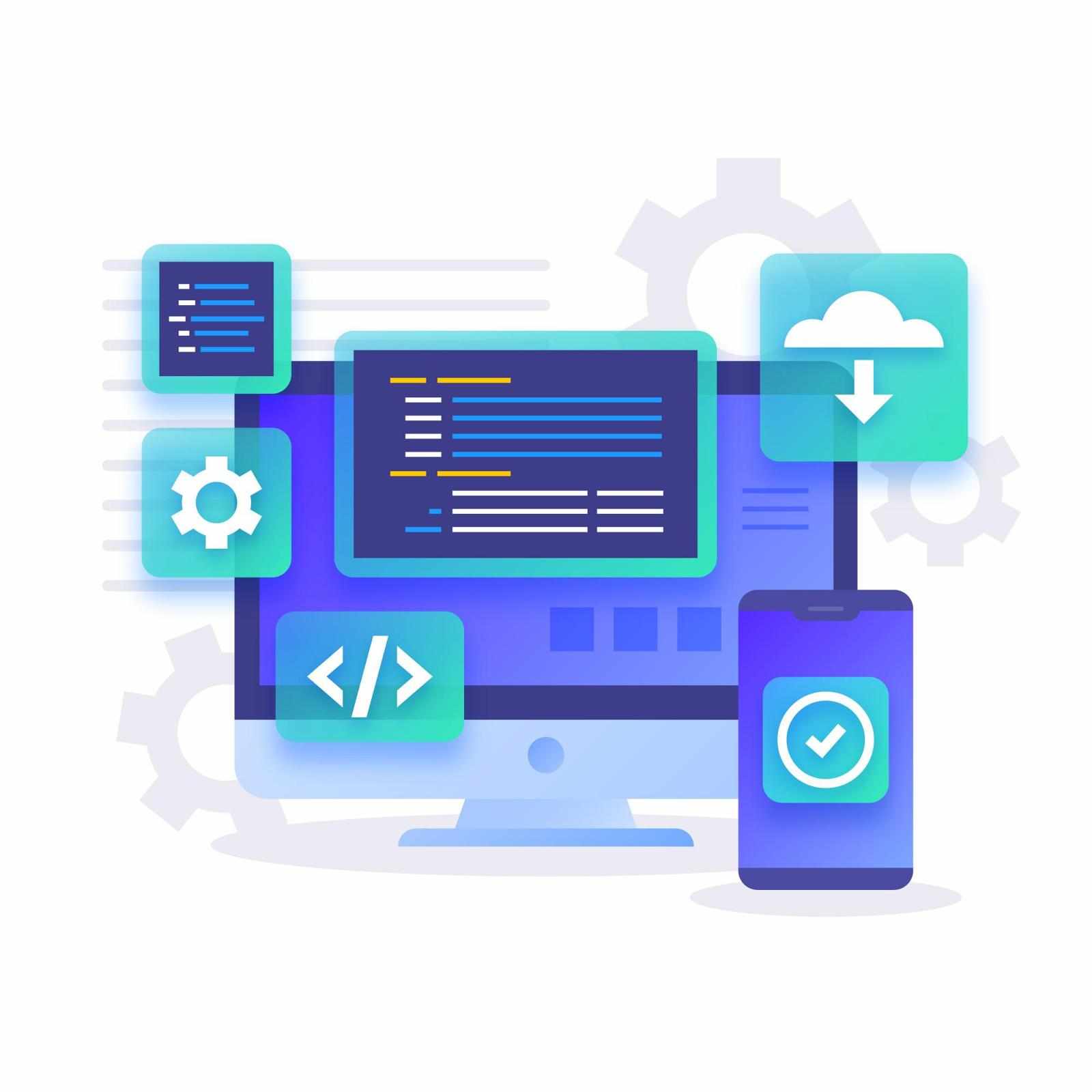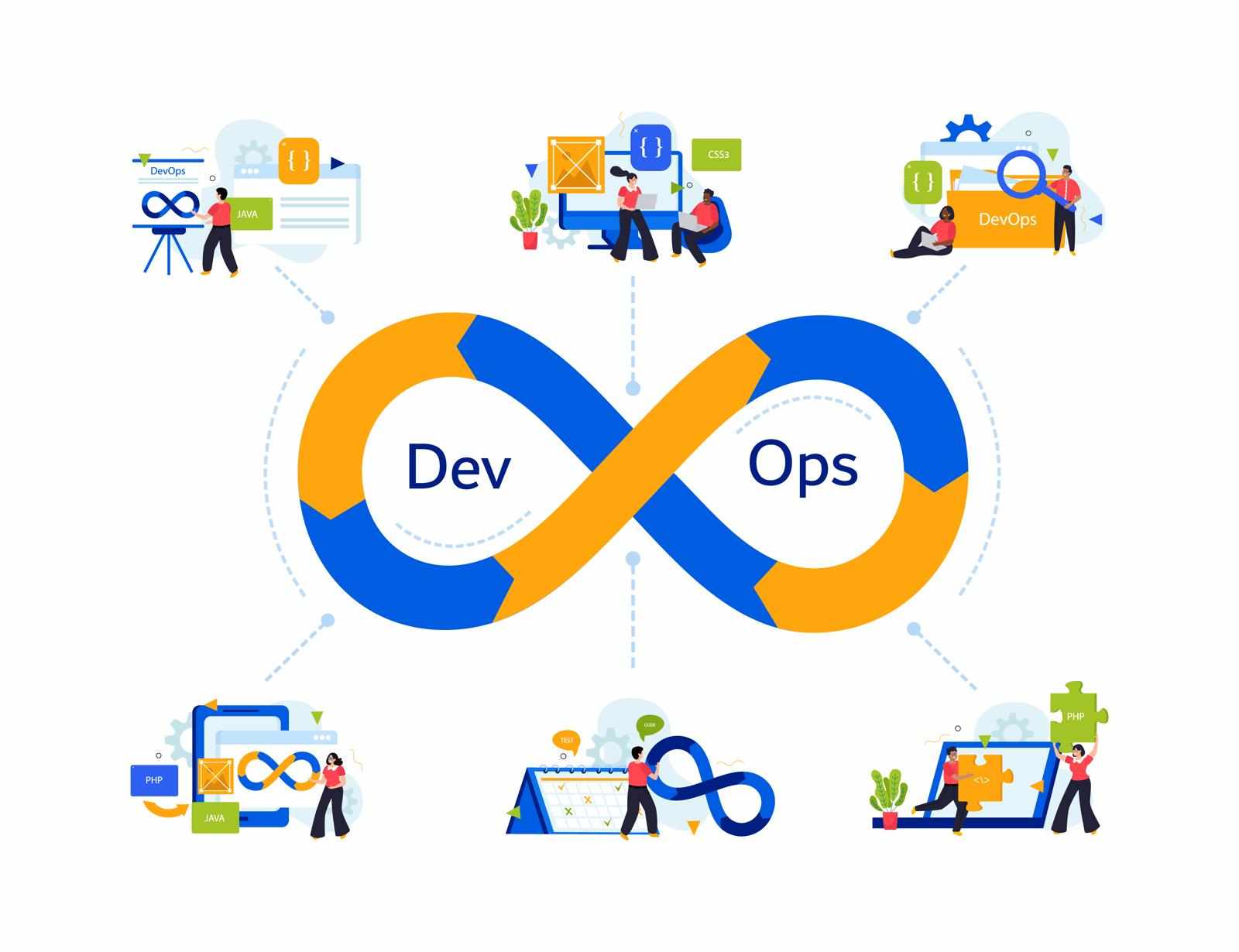
The artificial intelligence landscape is experiencing a seismic shift. While generative AI dominated headlines in 2023 and 2024, a new player is taking center stage: agentic AI.
This evolution represents more than just technological advancement—it's a fundamental change in how machines interact with our world. Understanding the difference between agentic AI vs generative AI isn't just academic curiosity; it's essential for anyone looking to stay competitive in today's digital economy.
What Is Generative AI and Why It Transformed Everything
Generative AI burst onto the scene with remarkable capabilities to create content from scratch. This technology can produce text, images, videos, and code based on simple prompts.
Think of ChatGPT writing articles, DALL-E creating artwork, or GitHub Copilot generating code snippets. The power lies in pattern recognition and content creation—taking existing data and creating something new from it.
The impact has been staggering. 71 percent of respondents say their organizations regularly use gen AI in at least one business function, up from 65 percent in early 2024. This rapid adoption shows how quickly businesses recognized generative AI's potential for content creation, customer service, and creative tasks.
The Current State of Generative AI Adoption
Organizations worldwide have embraced generative AI for various applications. Content marketing teams use it for blog posts and social media content. Customer service departments deploy it for chatbots and automated responses. Software developers rely on it for code completion and debugging assistance.
However, generative AI has limitations. It requires human oversight, operates within specific prompts, and needs constant guidance. While powerful for content creation, it lacks the ability to take independent action or make autonomous decisions.
Understanding Agentic AI: The Next Evolution
Agentic AI represents a quantum leap forward in artificial intelligence capabilities. Unlike generative AI, which creates content based on prompts, agentic AI can plan, execute, and adapt autonomously. These systems can set goals, break down complex tasks, and work independently with minimal human intervention.
agentic AI takes autonomous capabilities to the next level by using a digital ecosystem to perform complex workflows. Imagine an AI system that doesn't just write your marketing emails but also analyzes customer data, segments audiences, schedules campaigns, monitors performance, and adjusts strategies based on results—all without human input.
Key Characteristics of Agentic AI Systems
Agentic AI systems possess several distinctive features that set them apart. They can reason through multi-step problems, maintain context across extended interactions, and learn from their actions to improve future performance. These systems integrate with various tools and platforms, creating seamless workflows that span multiple applications and databases.
The technology enables AI to move from reactive to proactive behavior. Instead of waiting for human commands, agentic AI anticipates needs, identifies opportunities, and takes appropriate action within defined parameters.
Agentic AI vs Generative AI: The Critical Differences
The distinction between agentic AI vs generative AI centers on autonomy and action capability. Generative AI excels at creating content but remains passive, requiring human direction for each task. Agentic AI, conversely, operates with goal-oriented behavior, making decisions and taking actions to achieve specified objectives.
Think of generative AI as a highly skilled assistant who creates excellent work when given clear instructions. Agentic AI functions more like an autonomous team member who understands objectives, develops strategies, and executes plans independently. This fundamental difference affects how businesses can leverage each technology.
Operational Capabilities Comparison
Generative AI processes input and produces output in a single interaction cycle. You provide a prompt, receive content, and the interaction ends. Agentic AI maintains ongoing processes, continuously monitoring situations, gathering information, and taking action as circumstances change.
For example, generative AI might help you write a product description. Agentic AI could analyze market trends, identify optimal product positioning, create descriptions, publish them across platforms, monitor performance, and adjust messaging based on customer response—all as part of a continuous workflow.
Market Growth and Industry Adoption Statistics
The numbers tell a compelling story about agentic AI's trajectory. The global AI agents market is projected to reach $7.6 billion in 2025, up from $5.4 billion in 2024. This represents significant year-over-year growth, indicating strong market confidence in agentic AI technology.
Looking ahead, the projections become even more impressive. The global AI agents market size was estimated at USD 5.40 billion in 2024 and is projected to reach USD 50.31 billion by 2030, growing at a CAGR of 45.8%. This explosive growth reflects increasing business recognition of agentic AI's transformative potential.
Enterprise Adoption Trends
Large enterprises are leading the charge in agentic AI adoption. Gartner predicts that by 2025, 70% of organizations will operationalize AI designed for autonomy. This shift indicates that businesses are moving beyond experimental implementations toward production-ready agentic AI systems.
The healthcare sector shows particularly strong adoption patterns. 90% of hospitals are expected to adopt AI agents by 2025, improving predictive analytics and patient outcomes. Similarly, retail organizations are seeing significant benefits, with 69% of retailers leveraging AI agents reporting substantial revenue growth due to personalized shopping experiences.
Real-World Applications Transforming Industries
Agentic AI applications span numerous industries and use cases. In customer service, AI agents handle complex inquiries, escalate issues appropriately, and maintain context across multiple touchpoints. Financial services use agentic AI for fraud detection, risk assessment, and automated trading decisions.
Healthcare applications include patient monitoring systems that continuously analyze vital signs, predict health issues, and alert medical staff when intervention is needed. Supply chain management benefits from AI agents that monitor inventory levels, predict demand, and automatically reorder products while optimizing costs.
Business Process Automation Revolution
The manufacturing sector leverages agentic AI for predictive maintenance, quality control, and production optimization. These systems monitor equipment performance, predict failures before they occur, and automatically schedule maintenance to minimize downtime.
Marketing departments deploy AI agents for campaign management, lead scoring, and customer journey optimization. These systems analyze customer behavior, identify high-value prospects, and deliver personalized experiences across multiple channels simultaneously.
Challenges and Limitations to Consider
Despite its promise, agentic AI faces significant challenges. Over 40% of agentic AI projects will be canceled by the end of 2027, due to escalating costs, unclear business value or inadequate risk controls. This statistic highlights the importance of careful planning and realistic expectations when implementing agentic AI systems.
Technical challenges include ensuring system reliability, maintaining data privacy, and establishing appropriate guardrails for autonomous decision-making. Organizations must also address concerns about job displacement and the need for new skills development among their workforce.
Implementation Considerations
Successful agentic AI implementation requires robust infrastructure, clear governance frameworks, and comprehensive testing protocols. Organizations need to establish boundaries for autonomous behavior, define escalation procedures, and maintain human oversight for critical decisions.
Data quality and integration challenges can significantly impact agentic AI performance. These systems require access to clean, comprehensive data across multiple sources to make informed decisions and take appropriate actions.
Preparing Your Organization for the Agentic AI Future
Organizations preparing for agentic AI adoption should start with pilot projects in low-risk areas. This approach allows teams to gain experience, identify challenges, and develop best practices before scaling to mission-critical applications.
Investment in data infrastructure and governance becomes crucial for agentic AI success. Organizations need systems that can provide real-time access to accurate information while maintaining security and compliance requirements.
Strategic Planning for AI Evolution
Leadership teams should develop clear strategies for transitioning from generative to agentic AI systems. This includes identifying use cases where autonomous behavior provides the greatest value, establishing risk management frameworks, and planning workforce development initiatives.
Change management becomes essential as agentic AI transforms how work gets done. Organizations must prepare employees for new roles that focus on strategic oversight rather than tactical execution, while ensuring that human judgment remains central to critical business decisions.
The Road Ahead: What 2025 and Beyond Hold
"The year of Agentic AI, 2025 will see the rise of generative AI agents used to solve problems — an approach that is made possible by decreasing costs and increasing the performance and speed of LLMs". This prediction suggests that technological barriers are rapidly diminishing, making agentic AI more accessible to organizations of all sizes.
The convergence of improved AI capabilities, reduced costs, and proven business value creates ideal conditions for widespread agentic AI adoption. Organizations that begin preparing now will be best positioned to capitalize on these advances.
As we stand at this technological inflection point, the question isn't whether agentic AI will transform business operations—it's how quickly you'll adapt to remain competitive. The organizations that embrace this shift while thoughtfully managing its challenges will define the next era of business innovation.
Understanding agentic AI vs generative AI helps you make informed decisions about your technology strategy. While generative AI remains valuable for content creation and human augmentation, agentic AI represents the future of autonomous business operations. The time to start preparing is now.




















Write a comment ...